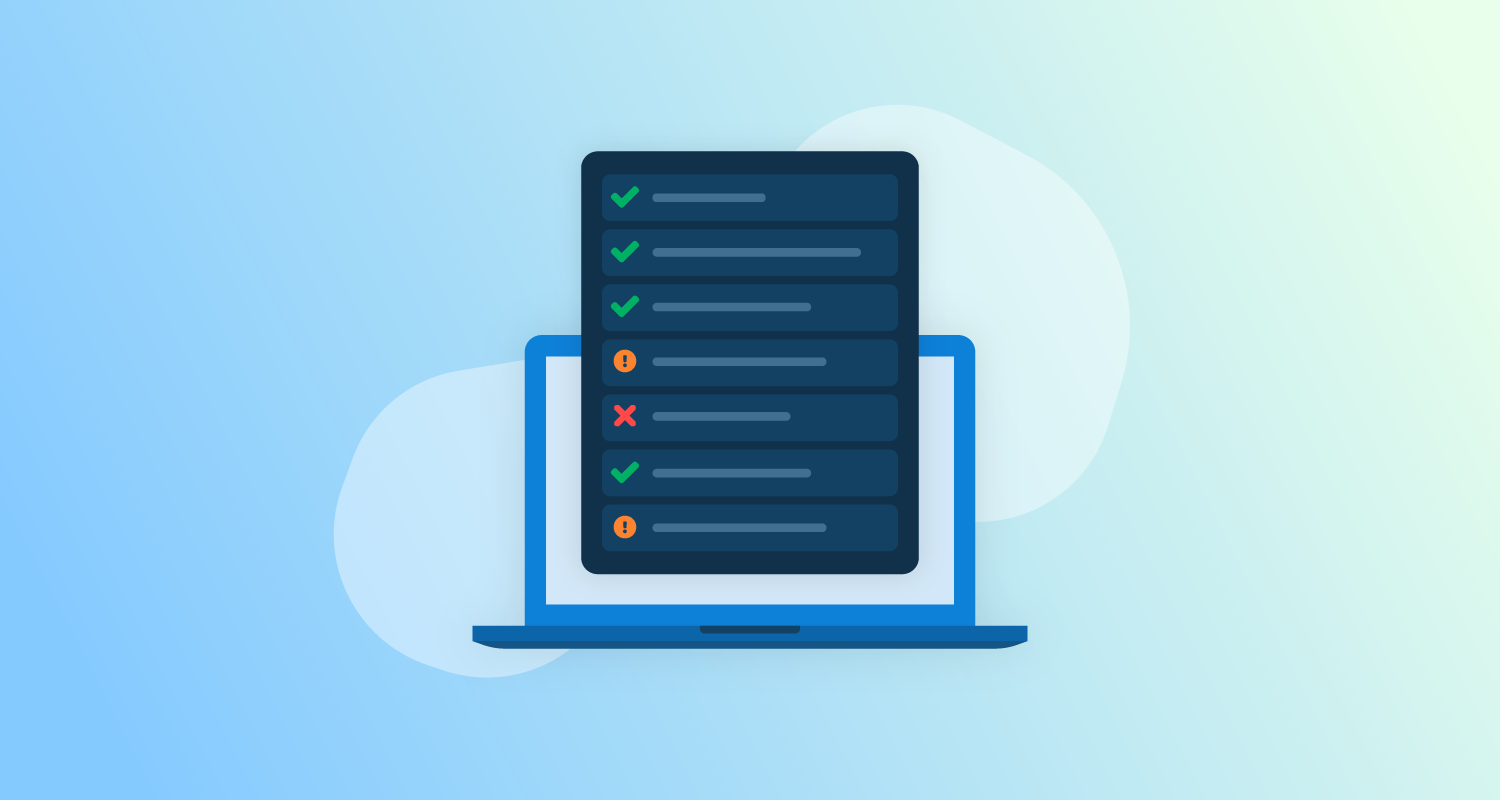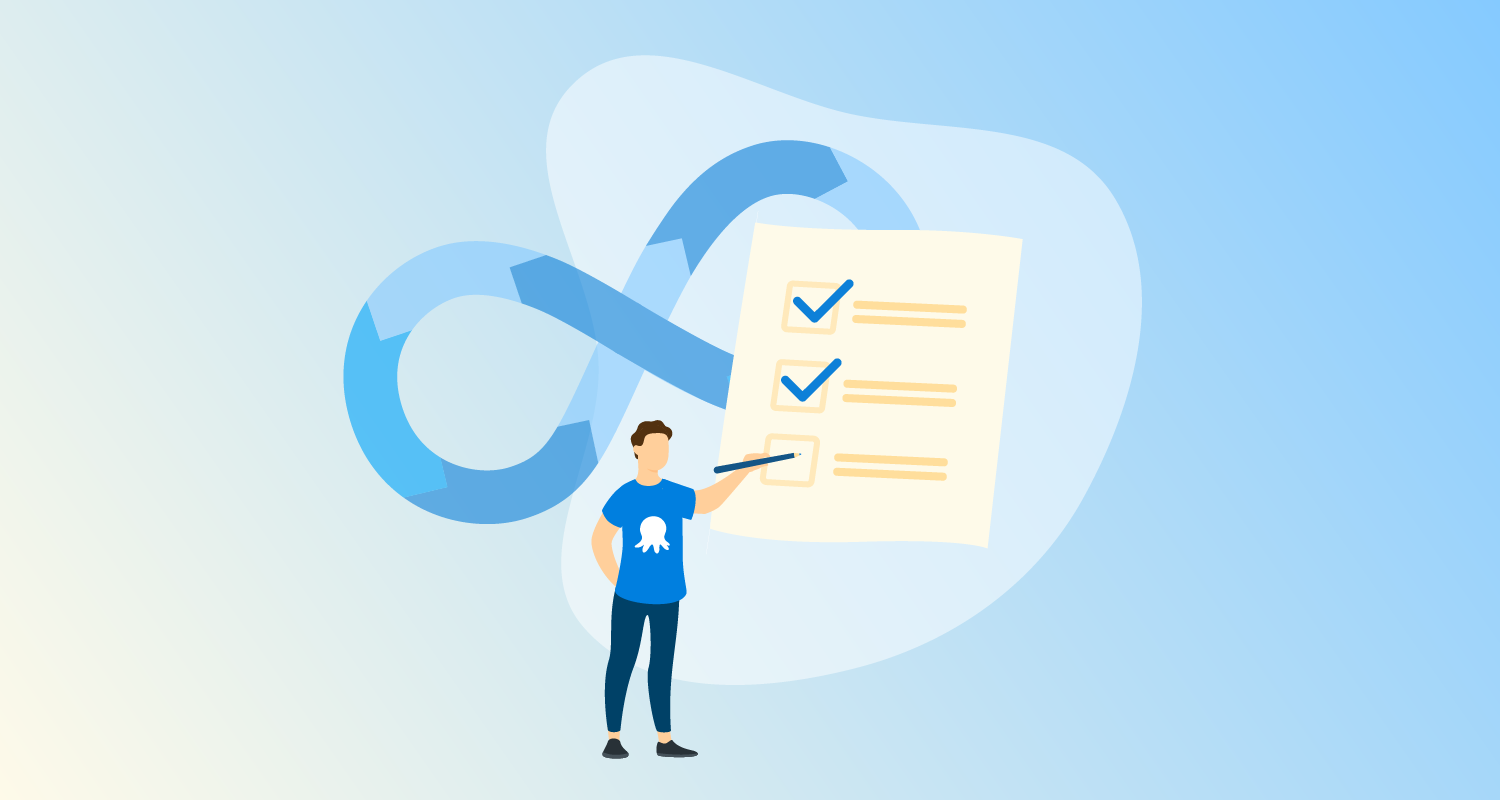What is Continuous Delivery?
Continuous Delivery (CD) is a lean development methodology where software teams work in small cycles and use build automation to increase the speed, reliability, and deployment of releases. CD is the journey of code through a deployment pipeline, where it becomes a deployable artifact.
When developers commit code, their changes pass through a Continuous Integration (CI) process that automatically builds and runs various tests (eg unit, integration, and system tests). If any tests fail, the process stops and the development team fixes the problem and re-commits changes so the CI process can run again.
When changes pass their tests, the CI process packages the software into a deployable artifact and hands it off to the next phase ready for deployment. The package could go to a repository, file share, or deployment tool for future deployment.
The deployment process itself should be as easy as pressing a button, but it’s common to see manual processes before you do; you might need sign-off from management or there could be additional checks. The goal is to ensure changes get to a deployable state as quickly and often as possible, with few manual interventions.
This is part of a series of articles about Continuous Delivery.
What is Continuous Deployment?
Continuous Deployment (also called CD) is Continuous Delivery but taken a step further; it automates the entire software release process including deployment. Every code change that passes all stages of the production pipeline (build, test, and deployment) automatically releases to end-users.
Continuous Deployment’s obvious benefits are speed and efficiency. Teams can release new features, bug fixes, and improvements to production without holdup, though there will be a stronger emphasis on quality. Automated testing and monitoring should only allow high-quality code through the pipeline, and ‘rolling forward’ to address problems will become more common, due to the speed of updates.
Continuous Delivery versus Continuous Deployment: Key differences
1. Automation of the deployment process
A Continuous Delivery pipeline is highly automated, particularly between code commits and deployments. Builds, integrations, and tests should all happen automatically. The final step—deployment to production—typically needs manual approval as a safeguard even though the deployment itself is automated. This way, teams can make final checks and ensure everyone’s prepared, or that software releases at optimal times or alongside marketing efforts.
Continuous Deployment is the same process but fully automated. It removes the manual approval safeguard so successful changes automatically deploy to production. This level of automation needs a robust testing strategy and advanced monitoring and alerting systems to find and address issues in production quickly, but allows you to release new features and improvements faster.
2. Control and risk management
Continuous Delivery provides a pause for checks and other processes before deployment to production, and offers greater control of the release process. Teams have time to decide when and even if to deploy, offering time for thorough reviews and coordination with other business activities, like user training or other strategic initiatives. The manual approval step is a final checkpoint to manage risks.
Continuous Deployment inherently has a higher risk due to the lack of manual intervention before production releases. To manage risks, organizations must invest heavily in automated testing, monitoring, and alerting systems. Automated tests must account for many scenarios to catch problems before they reach production. Additionally, feature flags allow teams to control the exposure of new features to users.
Though both practices need a culture of improvement, Continuous Deployment needs faster response to incidents so that the benefits of fast releases outweigh the risks.
3. Use cases
Continuous Delivery’s manual step is the answer for organizations that must balance speed and reliability; it works well in environments where stability and coordination with business processes are crucial. Financial institutions and healthcare providers often prefer Continuous Delivery due to the critical nature of their software.
Continuous Deployment is ideal for organizations who want fast innovation and minimal release friction. Startups, SaaS providers, and web-based platforms benefit from Continuous Deployment as they can quickly iterate on feedback to maintain their competitive edge. By automating the entire release process, organizations can focus on developing new features and improvements.
Continuous Delivery and Deployment: Key Similarities
Continuous Delivery and Continuous Deployment are, ultimately, the same set of practices with different ideas on where to draw the line on automation; they differ only on whether the act of deployment happens automatically or not.
Otherwise, both create robust software delivery pipelines that maximize efficiency and reliability. Both help organizations optimize processes and deliver high-quality software at a faster pace.
The similarities include:
- Code commit and build: Developers commit code changes to a version control system. The Continuous Integration (CI) platform triggers an automated build process, compiling the code, running tests, and creating deployable artifacts.
- Automated testing: The pipeline runs a series of automated tests, including unit, integration, and system tests. These tests ensure code meets quality standards and won’t introduce new issues.
- Deployment to staging: In Continuous Delivery, validated code deploys to a staging environment that closely resembles the production environment. There, further testing—like user acceptance and performance testing—takes place.
- Manual approval (Continuous Delivery): There’s a manual approval step before deploying to production. Stakeholders review the release, perform final checks, and coordinate with other business activities. This step ensures necessary preparations are in place for a successful release.
- Automatic production deployment (Continuous Deployment): There’s no manual approval step for Continuous Deployment. After code passes all tests in the staging environment it automatically deploys to production.
Because of these similarities, Continuous Delivery and Continuous Deployment are the same delivery pipeline with a switch to use a final approval or run with a fully automated deployment.
The benefits of Continuous Delivery and Deployment
Whichever approach your organization chooses, both Continuous Delivery and Deployment provide compelling benefits:
- Faster time to market: Continuous Delivery and Continuous Deployment significantly accelerate the software release cycle. By automating build, test, and deployment processes, teams can deliver new features, bug fixes, and updates sooner. Increased speed allows organizations to respond to market changes, user feedback, and competitive pressures.
- Improved software quality: Automation involved in both practices ensures code gets thoroughly tested at every stage of the pipeline and reduces the likelihood of defects reaching production. Continuous feedback from tests allows developers to address issues promptly, resulting in a more reliable product.
- Increased efficiency and productivity: Automation reduces the manual effort needed for repetitive tasks. Instead, developers and operations teams can focus on more strategic activities, like innovation and product improvement.
- Reduced risk of deployment failures: By deploying small, incremental changes often, you reduce the risk of large, less frequent releases. Smaller changes are easier to test, debug, and roll back. Minimizing the impact of potential failures ensures a smoother deployment process.
- Enhanced collaboration and communication: The automation and process-improvement cycles of Continuous Delivery and Deployment make it easier for developers and operations teams to work together and solve problems. Better collaboration makes for a more cohesive and efficient development environment.
- Better user experience: The frequent updates of Continuous Deployment, in particular, means users get updates and new features sooner so the user experience constantly improves.
- Scalability and flexibility: Automated pipelines can scale easier for increased development activity and more complex applications. As organizations grow and their software becomes more sophisticated, release processes can adapt without significant re-engineering.
Learn more in our detailed guide to the benefits of Continuous Delivery.
Continuous Delivery and Deployment with Octopus
You can use lifecycles in Octopus to control whether progression occurs automatically, or waits to be started. For example, you could decide to automatically progress good versions through development and test environments, but wait for a push-button deploy to production.
That means you can decide whether to use Continuous Delivery or Continuous Deployment. Octopus supports both scenarios.
Find out more or start a trial to see how it works.
Help us continuously improve
Please let us know if you have any feedback about this page.



